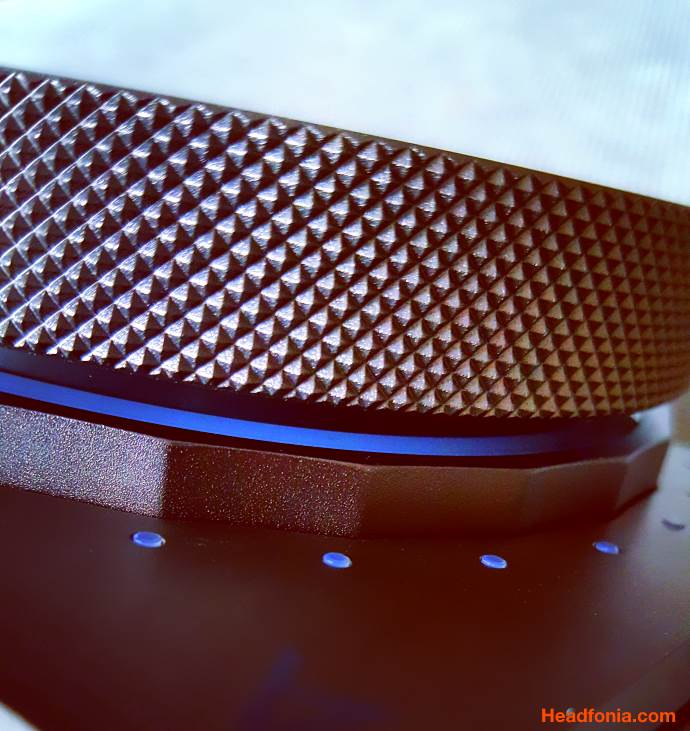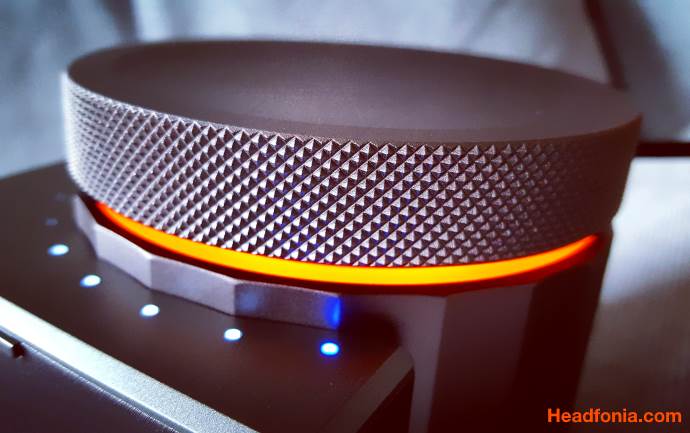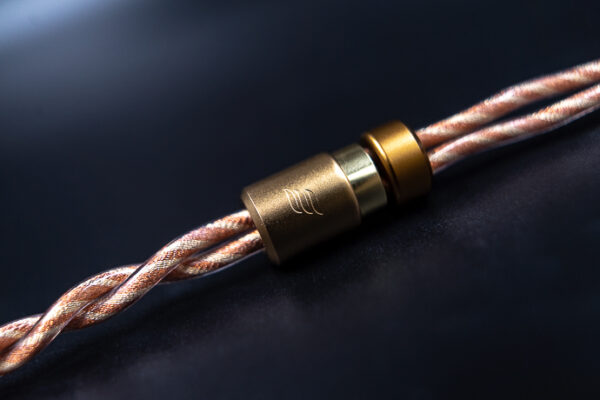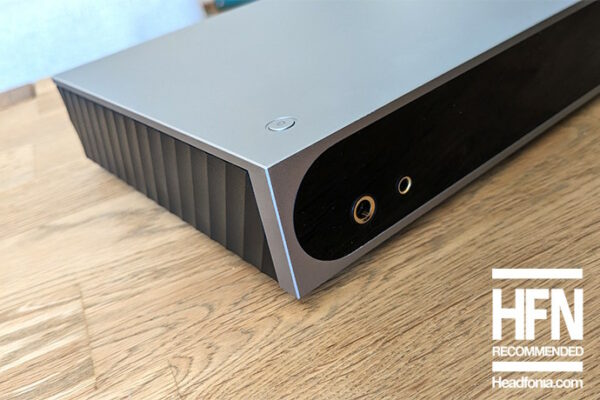You get a precise sound with high transparency and really good dynamics. Because of this the detailed presentation never becomes boring and dry, but you get extension and musicality. The Acro L1000 also has a perfectly black background and even my most sensitive earphones didn’t really pick up any hiss or background noise from the different outputs. The L1000 is very balanced sounding and it clearly has a linear tuning, not boosting any frequencies. Body-wise it is a lighter unit but it for sure isn’t thin sounding either, it’s neutrality at its best.
Bass is tight and fast and shows great impact. It’s top quality bass with a high level of detail, good layering and good extension. This is high-end bass and that means the quality is more important that the impact. Bassheads looking for skull crushing bass will not enjoy the L1000 but if it’s pure quality you want, then the technically strong bass section will impress you. But yes, body-wise the bass presence isn’t the biggest, even when you use the bass boost filter. Sub bass
The mids section is clean, precise and detailed. It has good separation and a nice spacious presentation that’s not been overdone. Everything sounds natural, precise, transparent and neutral. Bass and mids are perfectly aligned and that means they’re lighter bodied. Precision over impact and emotion, is another way to describe it.

The treble section shares the same characteristics: it’s precise, detailed, spacious and it extends quite far. Treble is very transparent and lively but it never becomes sharp or sibilant. The clarity level is impressive and it’s just great quality overall.
The beauty is that the L1000 does everything really well and it’s that what makes it so special. It doesn’t excel in one particular item like vocals, but the complete package just is very impressive. A high end tuning well done.
Comparisons
The Chord Electronics Mojo comes in at $536 so it’s a bit cheaper than the Acro. The advantage however is that’s it portable and that is has an optical and coaxial input next to the USB-input. That makes it a unit with a higher versatility but it doesn’t have any sound settings or the speaker taps. Looking at pure sound quality there’s a different. The Mojo sounds less organic and more digital and it’s doesn’t manage to have the spacious and wide presentation of the Acro L1000. The Mojo’s quality is very good but the L1000 just is more natural sounding and performs on a higher technical level.

The Chord Electronics Hugo 2 has all the advantages the Mojo has but it does have filters and crossfade settings to play with. The Hugo 2 goes for an impressive $2695, making it 3 times as expensive than the L1000, and that’s a lot. The Hugo 2, like the L1000, has a more organic sound and personally I do feel the Chord’s layering and presentation of depth is stronger. The sound filters also have a much bigger impact to the sound compared to the settings on the AK. I do find the H2 (but especially the original Hugo) to have a more natural and smoother presentation and that’s why the Hugo2 is probably the better as they both have a high level of resolution. The disadvantage the Hugo 2 has is that it can’t power speakers, so it comes down to what you want to use the unit with and how much you can spend on it. They’re both good, there’s no doubt about that.
The only other DAC/AMP combo that I had the pleasure to listen to recently was the Klipsch Heritage I reviewed months ago. That unit however focuses a lot more on warmth, smoothness and musicality and it has a lot more body and bass/treble contrast. The Heritage is rich, likes its bass and and does it all very musically, but it’s can’t compete with the technical level of the Acro L1000, which with its neutral tuning is oh so different.
Conclusion
I’ve never been the biggest fan of DAC/AMP combo’s but the Acro L1000 has won me over. AK gave it a high end, audiophile tuning and the result is very impressive. Not only does the L1000 sound great it also looks gorgeous, unlike anything you’ve ever seen. On top of that it’s also a very versatile unit that has a large number of single end and balanced outputs, as well as a 15W/channel speaker output.
The Astell&Kern Acro L1000 is a do-it-all unit and if you like a top level neutral tuning and have headphones, earphones and small/high impedance speakers than the L1000 really is the only unit you need. The only bad things I can say about it is the lack of inputs and the limited effect of the sound filters, but AK – also in their DAPs – swears to minimalist changes.

Yep, this is recommended list material, so on the list it goes!
Full Specs
Audio Performance (Headphones / Earphones)
Frequency Response:
±0.064dB (Condition: 20Hz~20kHz) Unbalance & Balance
/ ±0.73dB (Condition: 10Hz~70kHz) Unbalance & Balance
Signal to Noise Ratio: 115dB @ 1kHz, Unbalance / 116dB @ 1kHz, Balance
Crosstalk: 108dB @ 1kHz, Unbalance / 138dB @ 1kHz, Balance
THD+N: 0.003% @ 1kHz, Unbalance / 0.001% @ 1kHz, Balance
Audio Performance (Speakers)
Output: 15W x2 (4ohm)
Frequency Response: ±0.32dB (Condition: 20Hz~20kHz) (Condition: 4ohm, 1kHz, 10% THD)
Signal to Noise Ratio: 95dB (Condition: 4ohm, 1kHz, 10% THD)
Crosstalk: 110dB (Condition: 4ohm, 1kHz, 10% THD)








Ryan
Hi, can connect L1000 to powered monitor like Adam F5?